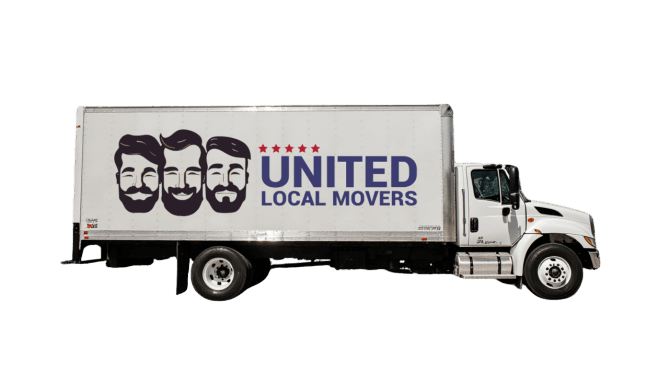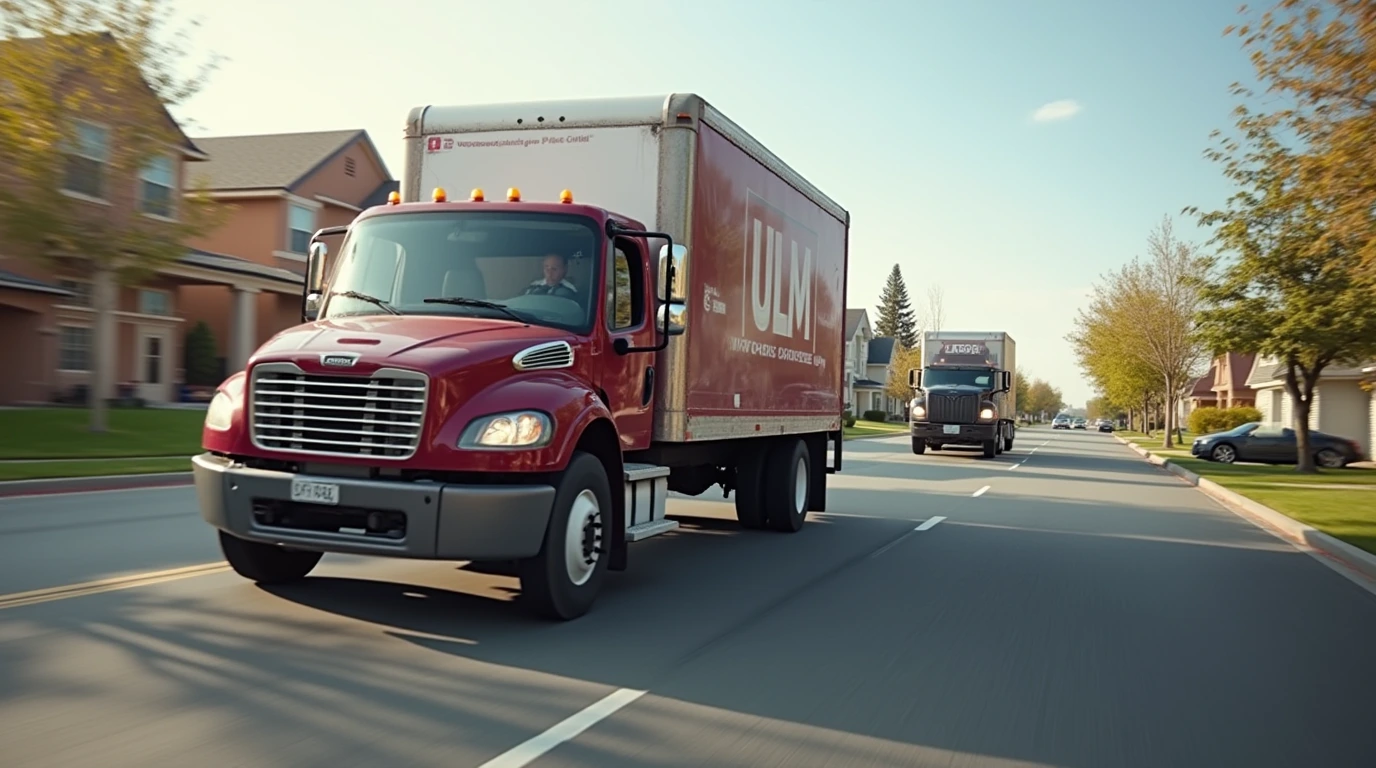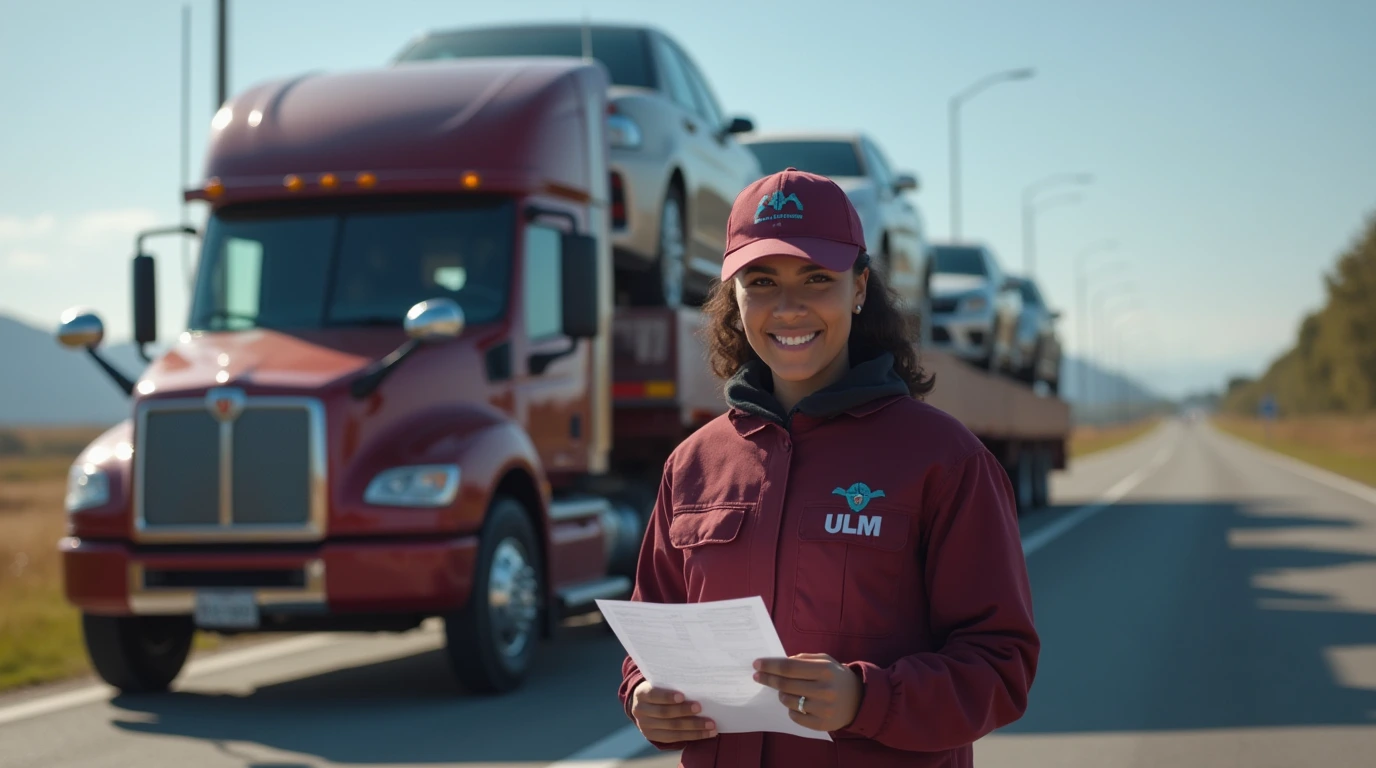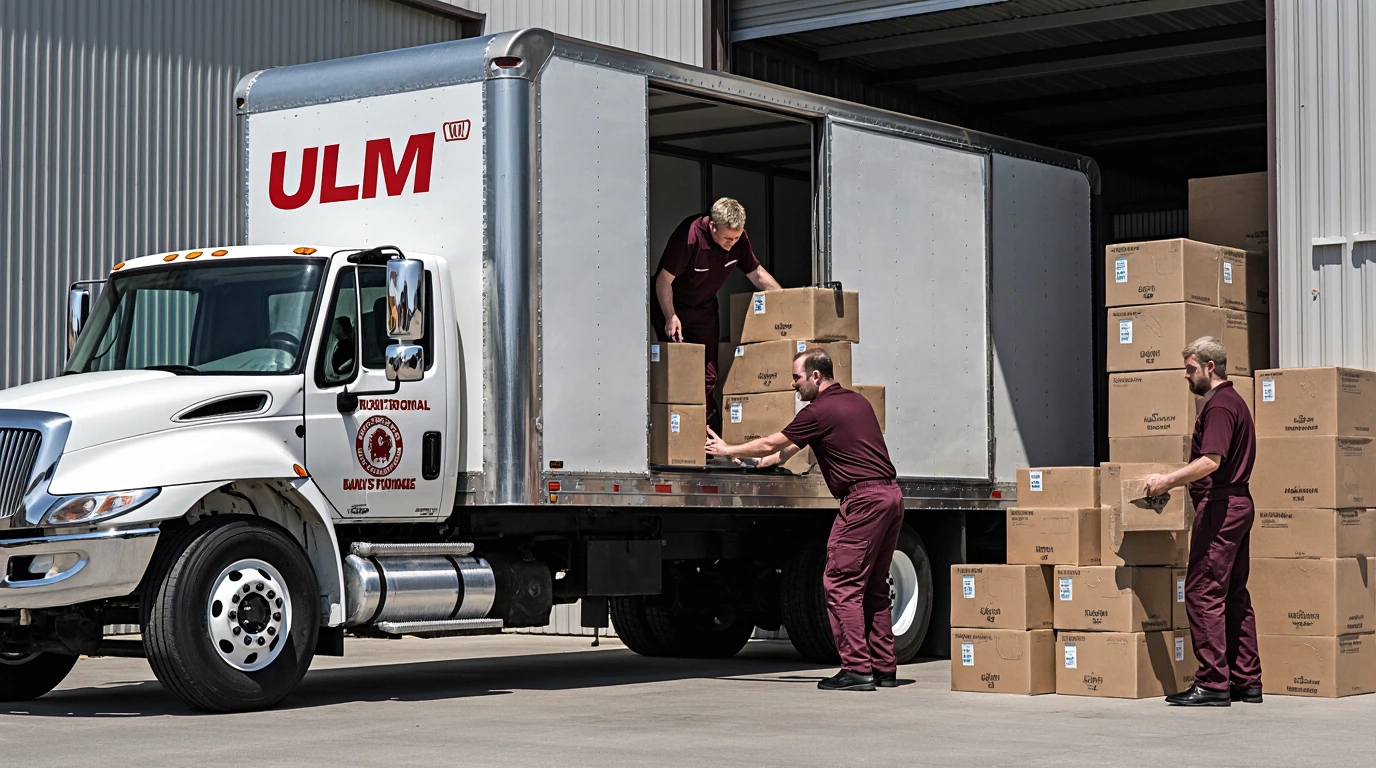Renting a moving truck gives you flexibility and control over your relocation, but driving it can be intimidating — especially if you’ve never operated a large vehicle before. Box trucks are taller, longer, and wider than regular cars, which means everything from braking to turning and parking works differently. Whether you’re moving across town or cross-country, understanding how to handle a rental truck safely will make your move smoother and less stressful.
Why Driving a Truck Is Different From Driving a Car
Rental moving trucks are designed for utility, not comfort. Their weight, dimensions, and visibility require more attention and planning than driving a regular sedan or SUV. Key differences include:
- 🚛 Longer length and height: Trucks require wider turns and more space.
- 🛑 Longer stopping distance: Heavier loads take more time to stop.
- 🔄 Limited visibility: Blind spots are larger and mirrors are critical.
- 🅿️ Parking considerations: Standard spots aren’t always an option.
By respecting these differences and driving defensively, you can navigate your rental truck confidently and safely.
Choosing the Right Truck Size for Your Move
Before you even hit the road, picking the right truck size matters. Too small and you’ll have to make multiple trips or overload the vehicle. Too large and you’ll struggle to maneuver. Most major rental companies offer:
- 🚐 10–12 ft: Studios or small apartments
- 🚚 15–17 ft: 1–2 bedroom homes
- 🚛 20–26 ft: 3+ bedroom homes or long-distance moves
When in doubt, go slightly larger — but only if you’re comfortable driving it. Larger trucks handle differently, so understanding their dimensions is key.
Understanding Truck Turning Radius
One of the biggest adjustments for new truck drivers is the turning radius. Because of their length, trucks make much wider turns than cars. Here’s what to keep in mind:
- ⬅️ Start turns from farther out in the lane to avoid clipping corners or curbs.
- 🪜 Check mirrors constantly to make sure the back of the truck clears obstacles.
- 🚧 Watch for street signs, trees, and parked cars near intersections.
- 🏙️ In tight city streets, take turns slowly and patiently.
Many accidents happen at low speeds during turns. Going slow and giving yourself room is the safest strategy.
Height and Clearance Awareness
Unlike a car, a moving truck can’t fit everywhere. Low bridges, parking garages, or even drive-thru awnings can pose serious hazards. Before your trip:
- 📏 Know your truck’s height (it’s usually listed on the dash).
- 🚫 Avoid underpasses and overhangs lower than your clearance.
- 📍 Plan routes that avoid tight city streets when possible.
- ⚠️ Slow down near any structure with limited clearance.
Even a small miscalculation can cause thousands of dollars in damage.
Safe Parking Strategies
Parking a truck requires planning and patience. Standard car spaces are often too small for larger moving trucks, so aim for:
- 🅿️ Large parking lots with multiple exits
- ↔️ Pull-through spaces to avoid backing up unnecessarily
- 🚧 Wide residential curbs with enough clearance for turns
- 🔦 Well-lit areas at night for added safety
Whenever possible, park so you can pull out forward instead of reversing. Backing up with a truck can be tricky, especially for beginners.
Backing Up and Using Mirrors Effectively
Most box trucks don’t have rear windows, so mirrors are your best friend. Tips for safe backing:
- 🪞 Adjust side mirrors properly before starting your trip.
- 🚶 Have a spotter guide you if possible.
- 🐢 Move slowly — speed is your enemy when backing up.
- 🔊 Roll down your window so you can hear outside.
If you don’t have a spotter, get out and check behind the truck before reversing. A quick walk-around can prevent costly accidents.
Braking and Stopping Distances
Loaded trucks are heavy. They take longer to slow down and stop, especially on highways. Safe braking means:
- 🚦 Leaving plenty of distance between you and the car ahead.
- 🛑 Braking early and smoothly to avoid sudden stops.
- ⛰️ Downshifting on downhill grades to maintain control.
- 🏎️ Avoiding tailgating under all circumstances.
Even experienced drivers can underestimate how long a fully loaded truck takes to stop — give yourself room.
Speed and Lane Control
Driving a truck is not about speed. Maintain a steady, moderate pace and stick to the right lane whenever possible. Key points:
- 🚨 Follow posted truck speed limits, which may differ from car limits.
- ↔️ Avoid sudden lane changes.
- 🌉 Keep extra distance on bridges and curves.
- 🏁 Plan extra time for your trip — trucks travel slower.
Arriving safely is more important than arriving fast.
Fueling a Moving Truck
Box trucks usually run on diesel or unleaded fuel. Make sure you know which one before your trip. Tips for fueling:
- ⛽ Park wide and take your time at the pump — trucks need more space.
- 🧾 Keep fuel receipts if you need to return the truck with a full tank.
- 🧭 Plan fuel stops on major highways where truck access is easier.
Returning the truck without the proper amount of fuel can lead to expensive surcharges.
Long-Distance Truck Driving Tips
If you’re moving cross-country, the key is pacing yourself. Long drives require extra attention:
- 🕒 Take breaks every 2–3 hours.
- 🥤 Stay hydrated and keep snacks handy.
- 📍 Plan routes in advance and avoid small backroads.
- 🌙 Don’t drive when tired — trucks are less forgiving of mistakes.
Even experienced drivers can get fatigued quickly in a big vehicle. Resting smart keeps you and your cargo safe.
Dealing With Tight Streets and City Driving
Urban driving can be stressful in a moving truck. Between narrow lanes, pedestrians, and impatient drivers, things can escalate fast. Strategies:
- 🚦 Drive slowly and defensively.
- 🅿️ Avoid streets with low bridges or sharp turns.
- 🔄 Plan parking in advance if you’re unloading in a busy area.
- 🚸 Watch for bikers and pedestrians — your blind spots are larger than theirs.
Whenever possible, schedule your drive early in the morning or late at night to avoid traffic congestion.
Insurance and Liability for Truck Rentals
Rental companies offer insurance options to protect you in case of an accident or damage. Review your coverage carefully:
- 🧾 Basic liability is often required.
- 🛡️ Supplemental insurance covers damage to the truck itself.
- 💬 Check whether your personal auto policy extends to rentals.
Accidents involving rental trucks can be costly, so having proper coverage gives you peace of mind.
Returning the Truck Without Penalties
To avoid surprise charges when returning your rental:
- 🧼 Clean out the truck and remove trash.
- ⛽ Refuel to the level required in your contract.
- 🕒 Return on time or call ahead if delayed.
- 🧾 Take photos of the odometer, fuel gauge, and exterior condition.
A little preparation can save you hundreds in fees.
Alternatives to DIY Truck Driving
If the idea of driving a 26-foot truck through traffic makes you nervous, you’re not alone. Many people choose full-service movers or container services instead. Professional movers like United Local Movers can handle transportation for you, allowing you to skip the truck altogether.
This option costs more upfront but often saves time, reduces stress, and lowers risk — especially for long-distance moves.
Driving a Truck With Confidence
Driving a rental truck can be manageable, even for first-timers, with the right preparation. By respecting the vehicle’s size, taking it slow, and planning ahead, you can handle turns, parking, and long-distance driving safely and confidently.
With United Local Movers, your relocation becomes safer, faster, and stress-free — whether you’re driving your own truck or letting our team handle the heavy lifting.





